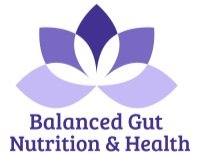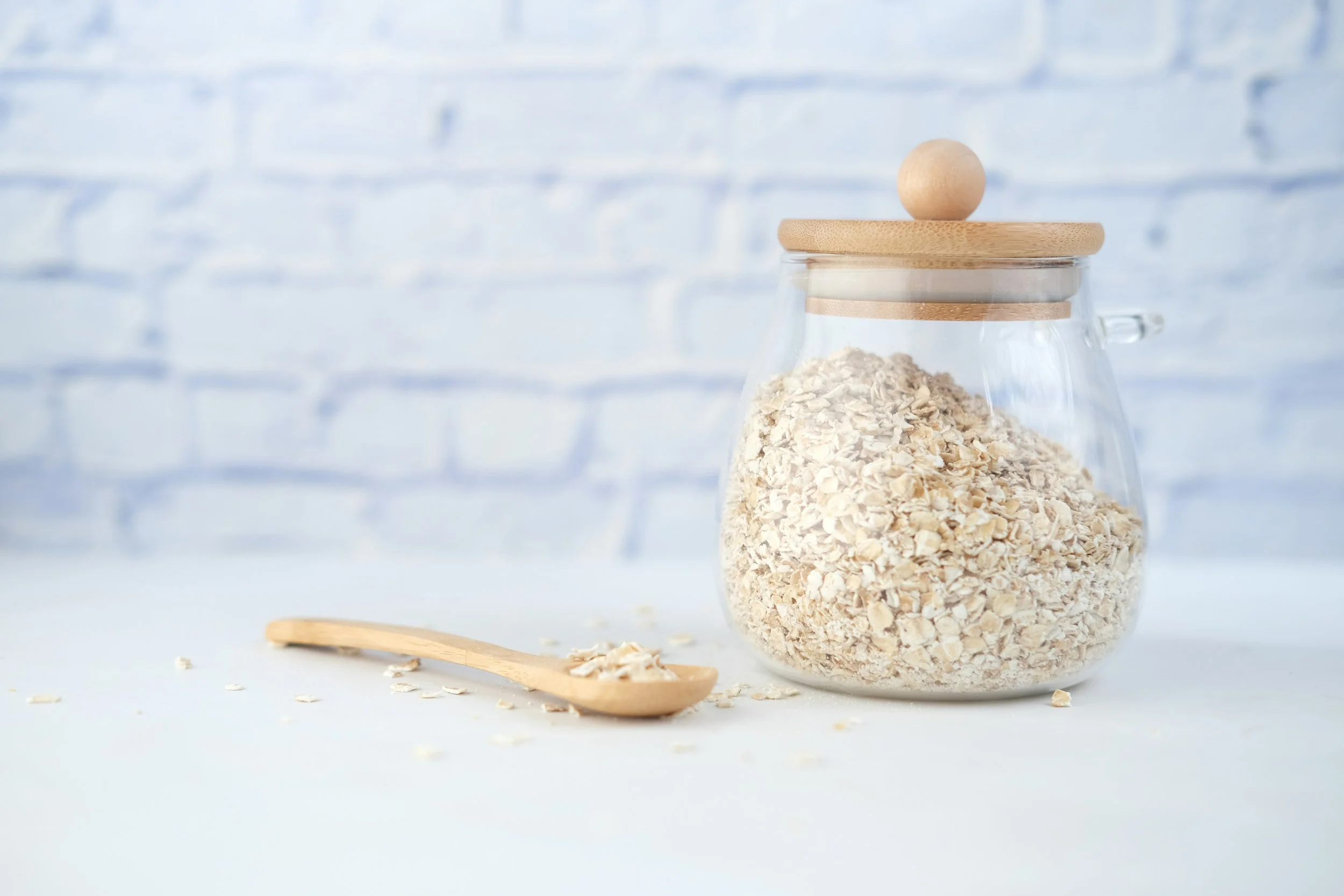Debunking Natural GLP-1s: Fact vs. Hype
Lately, there’s been a lot of buzz about “natural GLP-1s” - meaning, “natural” options that supposedly have similar “weight-loss promoting” effects as GLP-1 receptor agonist (GLP-1 RA) medications. It’s an intriguing idea, but much of this messaging oversimplifies how GLP-1 actually works in the body. In this post, I’m unpacking the science behind GLP-1, what’s fact vs. hype, and what truly supports metabolic health - no gimmicks required.
GLP-1 RA medications are having their moment. If you’re wondering what a GLP-1 RA medication is, think: Ozempic, Wegovy, Rybelsus, Mounjaro, Trulicity, etc. Or perhaps you know them by their generic names: semaglutide, tirzepatide, liraglutide, etc. (There are more, just providing you the most common ones.)
Whichever name you know them by, the fact is, you know them because they’re being advertised everywhere. (I try to stay away from sweeping generalizations, but in this case, I feel like it’s a valid claim.) If there’s one thing the weight loss industry does well, it’s promotion.
With this rise in promotion and popularity, there’s also been a surge in claims about “natural alternatives” to these medications (because, of course). Products like berberine, oats, and apple cider vinegar are among those with the strongest online presence.
Let’s unpack why this is misleading.
✏️ We've got to get a bit "science-y" to unravel some of this, but don't worry, I'm keeping it clear and focused on what's most important for you!
What is GLP-1?
GLP-1 is short for “glucagon-like peptide-1”. Endogenous GLP-1 (meaning GLP-1 naturally produced inside your body) is a hormone produced in your gut in response to food intake; the process of eating activates it and levels peak around 30 minutes post-meal. Some of its primary functions are:
Enhancing insulin secretion after meals (helping to regulate blood sugar)
Slowing gastric emptying (making you feel fuller for longer)
Reducing appetite by signaling fullness to your brain
How do GLP-1 RA Medications Work?
GLP-1 RA medications are carefully designed molecules mimicking the effects of endogenous GLP-1, but they're engineered to remain active in the body for much longer, providing sustained benefits.
They were originally designed for folks with Type 2 Diabetes for the purpose of blood sugar regulation. Then doctors started noticing the “side-effect” of weight loss…and now here we are.
There are several other things we could unpack about GLP-1 RA medications, but the only other piece of information you need to know to understand why these “natural” GLP-1 alternatives are (very) misleading is: half-life.
What is Half-Life?
As a quick refresher, half-life is the time it takes for something to reduce to half its original amount. For medicine, it’s how long it takes for the amount of the drug in your blood to drop by half.
The half-life of semaglutide (Ozempic, Wegovy, Rybelsus) is seven days. This means that if you receive a dose of 1 mg, after seven days, about 0.5 mg would still be in your body. Because of this (long) half-life, semaglutide is usually given as a once-weekly injection, which helps maintain a steady level in your system over time.
Guess how long the half-life is for natural GLP-1 activity in the body? About two minutes. Yep, you read that correctly - two minutes. So on average, 1 mg would be down to 0.5 mg after one minute and gone after (about) two minutes.
Remember when I mentioned that these GLP1-RA medications are engineered to remain active in the body for much longer, providing sustained benefits? This is how much longer…seven days vs. two minutes.
So when products are being promoted as “natural” GLP-1 alternatives, think of it like expecting a matchstick to light your home for a week, just because it produces a quick flame - that’s not rational or remotely feasible.
So when you see people or advertisements touting:
Berberine as “Nature’s Ozempic”
“Oatzempic” for GLP-1-like weight loss (a combo of oats, water, and lime juice)
Apple cider vinegar (ACV) to “boost GLP-1 activity”
Please remember: Natural compounds cannot extend the two-minute half-life of GLP-1 in your body like medications do. Period. It’s possible to (minimally) increase endogenous GLP-1 production from dietary shifts…but that only very slightly increases the quantity of GLP-1 temporarily, and more importantly, it doesn’t change the two-minute half-life.
And to be clear, I’m a fan of all three of the above products; they each have their own overall health benefits. Many things considered healthy for our bodies may influence endogenous GLP-1 in some way, but this does not mean they’re a replacement for this powerful medication.
The Bottom Line
If you want to incorporate berberine, oats, or ACV for overall health support - awesome, love this for you! But for the purposes of improving GLP-1 actions in your body? That’s a marketing scam.
There are no “natural” substitutes for GLP-1 RA medications. These medications were specifically engineered to deliver the benefits of GLP-1 continuously, far beyond what your body could achieve naturally.
A Final Note & Gentle PSA on the GLP-1 Pipeline
On the topic of GLP-1 misinformation, I'd like to share something from a webinar that really irked me, particularly in terms of the direction this GLP-1 marketing blitz is headed.
The presenter was sharing things we (as practitioners) need to keep an eye out for and one of those items was seeing “Nutrition Facts” labels now saying “GLP-1 Friendly” at the very top of the label - Conagra and Nestle are two of the first to roll these out, with Conagra’s labeling already out on the market as of this month (January 2025).
According to my research, “GLP-1 Friendly” is supposed to mean the food product is a good source of protein and fiber, along with being low-calorie. The protein and fiber pieces are related to some of the side effects of taking GLP-1 RA medications: muscle loss and digestive issues. The low-calorie diet is simply further perpetuating the weight loss piece.
I don’t have a problem with promoting protein or fiber content in food products - they’re both great and important nutrients - it’s the misleading marketing ploy playing on people’s hopes and confusion to boost sales that frankly hurts my heart.
As this wave of GLP-1 marketing hits shelves, it’s important to stay mindful of what these labels really mean - and what they don’t. Claims like "natural GLP-1" or "GLP-1 Friendly" may sound exciting, but they’re often more about profits than supporting your health.
Navigating claims like these starts with staying informed, questioning bold promises, and focusing on evidence-based approaches that truly support your health.

